
15 Low Maintenance Plants For An Effortlessly Gorgeous Garden
Published: 13/02/2023 | Updated: 10/05/2023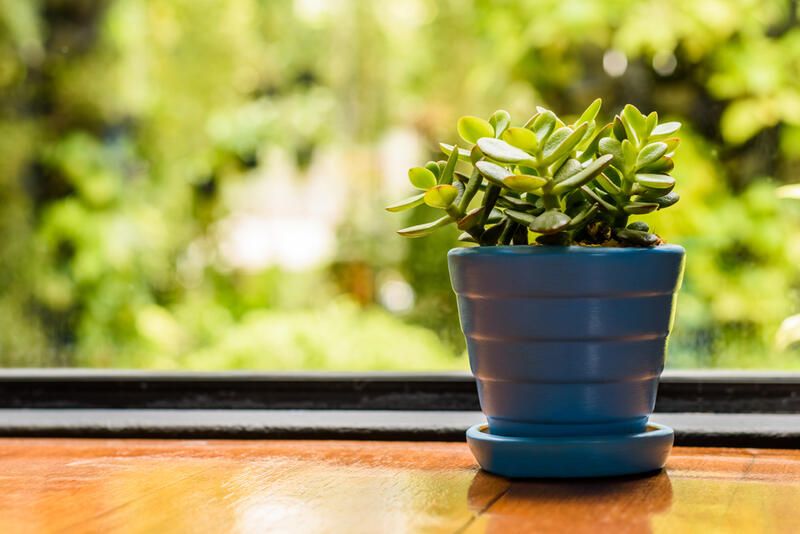
If you're a plant lover like me, it can be disappointing to find out that your favorite leafy green is too finicky for your space. But if you want to add some greenery to your home or office without the hassle of maintaining it, I've got just the solution for you: low-maintenance plants!


These gorgeous plants are perfect for people who don't have time for frequent pruning and watering. They’re also great for offices or apartments where there isn't much space available.
If you're looking for some greenery without having to worry about keeping it alive, read on!
1. Spider Plant (Chlorophytum comosum)
The spider plant is an easy-to-grow, hardy plant that does not require much water. It thrives in any type of soil and can even adapt to a wide range of light conditions. It also does not need a lot of watering, making it a perfect addition to your indoor plants.
This friendly, leafy friend tolerates lower lighting conditions than most houseplants do. You can simply place it near a window or under a bright light bulb and it will do just fine.
With long, hanging leaves that will create an elegant focal point wherever they're placed (whether indoors or out), the spider plants make an excellent addition to any sunny window or garden space!
2. Snake Plant (Sansevieria trifasciata)
A succulent and perennial, the Snake Plant requires minimal effort to grow. It can grow from anywhere between 6 inches (15.2 cm) to 3 feet (91.4 cm). It’s also one of the easiest plants to take care of, as it doesn’t need much light or water, and can survive in a variety of temperatures.
Succulents are known for low-maintenance indoor plants that require little care—but this one truly takes the cake. You don't even have to water it often! And once you get some new plants going, they'll be happy on their own for years afterward without any maintenance whatsoever.
All you have to do is keep them out of direct sunlight so they don't get sunburned. They'll thrive in dimmer areas like corners or under cabinets or shelves where there isn't too much bright light.
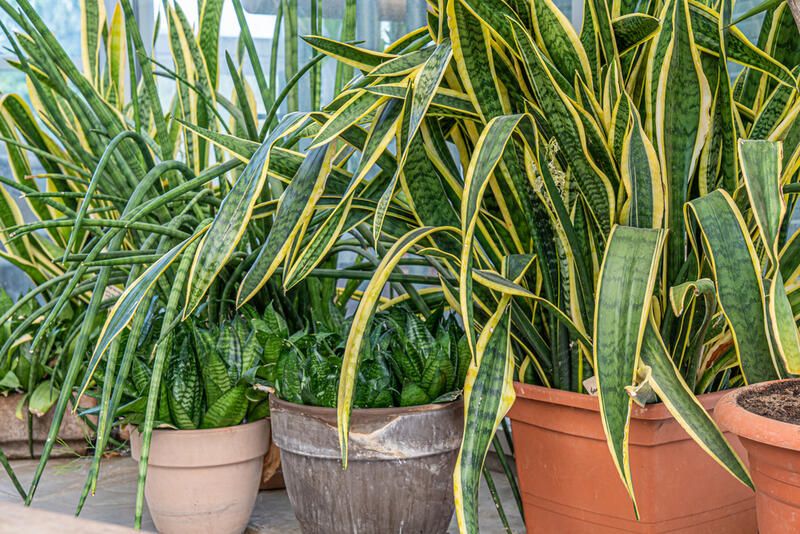
3. Swiss Cheese Plant (Monstera deliciosa)
This is a beautiful and easy-to-grow indoor plant that can also be planted outside in the partial shade or medium indirect light. It's often grown as either a houseplant or garden plant, so it's not too fussy about its environment.
If you want to keep your Swiss cheese plant indoors, make sure the pot has good drainage holes and no standing water at the bottom (they hate wet feet). This plant can be trained into a bonsai tree and even used as a hanging planter when they're young!
4. ZZ Plants (Zamioculcas zamiifolia)
Zamioculcas zamiifolia, or “ZZ plant” for short, is a great choice for both new gardeners and those who aren't able to spend much time caring for their plants.
This tough-as-nails plant has been known to survive in even the poorest soil conditions and will thrive under almost any kind of light condition.
ZZ's are also virtually maintenance-free: they need little water (only once every two weeks during their growing season), and they don't require pruning or staking.
5. Cast Iron Plant (Aspidistra elatior)
The cast iron plant is a low-maintenance succulent that makes for an excellent houseplant and can also withstand being grown outdoors.
A member of the lily family, this tropical native tolerates neglect, has low water requirements, and grows in both artificial light and natural light.
The cast iron plant is best suited in a pot that's at least 8 inches deep and will grow up to three feet tall if left untrimmed. It can be trained as a hanging basket too!
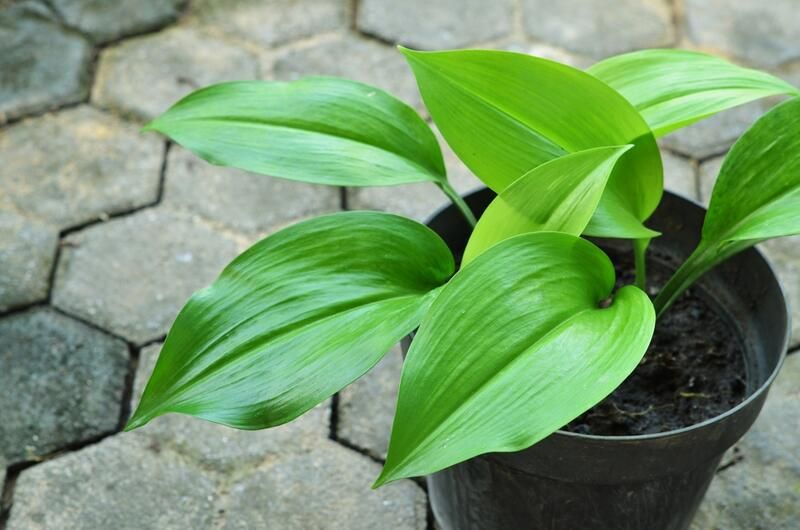
6. Pothos (Epipremnum aureum)
Pothos (Epipremnum aureum), also known as devil's ivy, is an extremely low-maintenance plant, making it perfect for anyone who doesn't want to spend a lot of time fussing over their garden.
The plant thrives in bright indirect light and requires watering only once or twice per week.
Pothos also prefers well-draining soil and does not require any fertilizer whatsoever.
As far as pests or diseases go, pothos is almost completely pest-resistant (though aphids can sometimes be an issue).
7. Jade Plant
Jade plants are one of the best indoor plants. They like soil that's mineral-rich and well-drained, but not too dry.
They prefer to have their soil kept a bit on the dry side, so water sparingly; once or twice a month should be enough.
Repot in spring every two years when new growth emerges from old roots or they begin to crowd their space. Use an organic potting mix that drains well, and don’t re-pot more often than every two years because it can lead to root rot if you're not careful with watering after repotting.
You can propagate Jade plants by cutting pieces of the stem off at internodes (where leaves grow) and potting up into soil immediately after cutting as this will encourage root growth, which is what makes it so easy to propagate!
Be sure they're watered regularly while they're rooting at first though since most plants won't send out new roots until they've gone through the process of dehydration first.
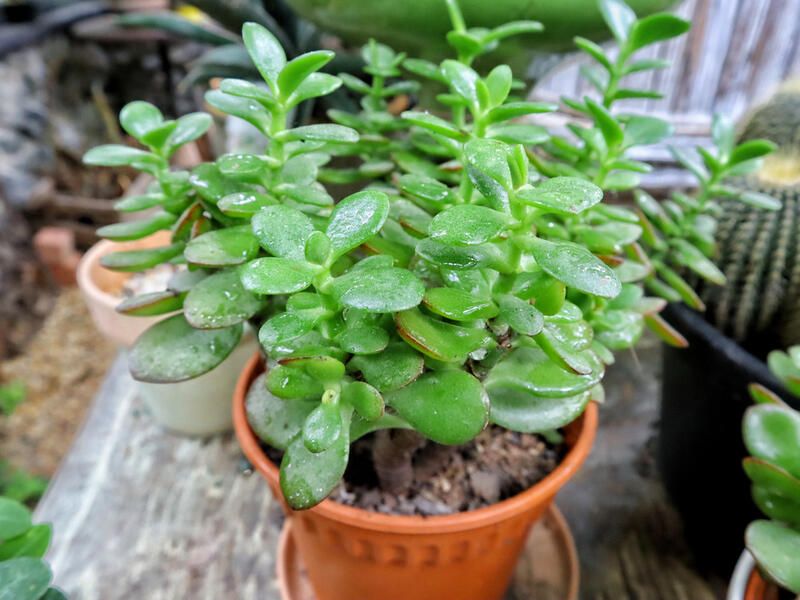
8. Fiddle Leaf Fig (Ficus lyrata)
The fiddle leaf fig (Ficus lyrata) is a beautiful, easy-to-grow tree that can grow up to 6 feet indoors. It can tolerate low light and medium light and is easy to care for. It's also considered an air purifier because of its ability to absorb excess gasses from the air, which makes it perfect for homes with high levels of carbon dioxide pollution.
Pruning fiddle leaf figs is important if you want them to stay small, so trimming the plant once or twice a year will help keep it looking tidy and healthy.
If you want your fiddle leaf figs to grow out instead of up, try pruning the top branches down instead of cutting them back all at once—this way they'll develop more leaves at the sides.
9. Heartleaf Philodendron (Philodendron hederaceum)
The philodendron is a low-maintenance, easy-to-grow tropical plant that makes a beautiful addition to any home or office. It's easy to grow and requires little maintenance.
The beauty of a philodendron lies in its heart-shaped leaves and bright green color.
Heartleaf philodendron plants like bright indirect light. They're also the best plants to survive in moist soil (not waterlogged soil) with consistently high humidity levels.
To keep your philodendron plants green and thriving, they should be watered about once a week when the soil is almost completely dry.
If you live in an area with dry air, mist the leaves regularly or place them near a humidifier for the best results.
The heartleaf philodendron will thrive indoors year-round as long as it receives plenty of water during its dormant period (which lasts from October through February).
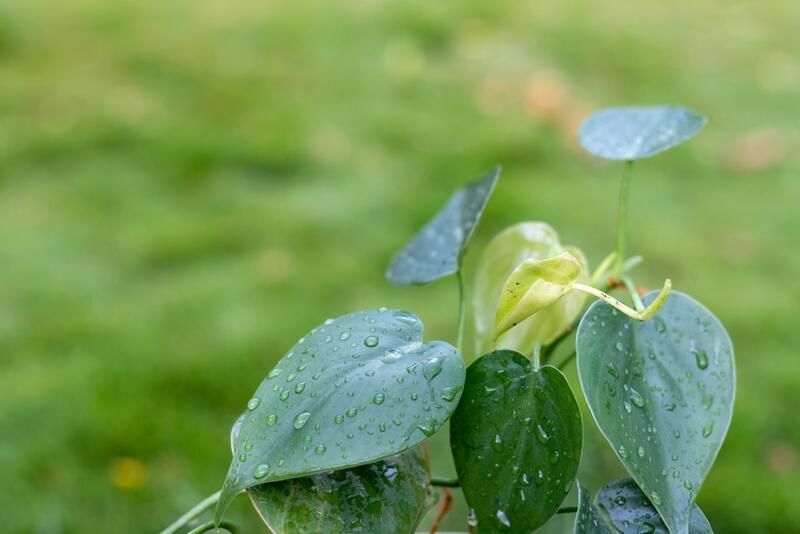
10. Peace Lily (Spathiphyllum wallisii or Spathiphyllum 'Mauna Loa')
Peace lilies are the most forgiving houseplants, and if you're looking for an easy-to-care-for plant that will still look beautiful and lush, then this is a good choice.
While the average person probably won't have much luck growing a peace lily on their own, with just a little maintenance, this beautiful flower can flourish in your home!
Peace lilies come in different varieties, but everyone can enjoy the soothing white flowers that bloom from these plants. They are also known to help purify indoor air pollution while they are at it!
These plants grow best when they receive indirect light; direct sunlight can burn their delicate leaves and cause them to fall off prematurely.
11. Ponytail Palm (Beaucarnea recurvata)
Ponytail palms are one of the most popular and easy plants to keep in your household. They can be found in many homes, offices, and hospitals due to their hardiness, adaptability, and overall low maintenance needs.
The ponytail palm has earned its fame for its attractive foliage that gives off a tropical vibe.
Ponytail palms are native to Mexico where they thrive in hot, dry environments with sandy, dry soil or rocky areas near streams. These plants have deep roots that help them withstand drought conditions better than most other palms.
They can access water at deeper layers within the soil which also improves their tolerance to extremely high temperatures
Outdoors, these plants prefer well-drained soil but will tolerate just about any type as long as there is adequate drainage provided by loose topsoil mixed with sand or gravel (pumice pebbles would also work nicely here). In the wintertime when temperatures dip below 40°F/4°C we recommend bringing your plant indoors unless it's being grown in an area where cold is not an issue (for instance if you live somewhere such as Florida).
When planting your new ponytail palm inside make sure that you place it somewhere bright like a south-facing window so that all sides get equal amounts throughout the day.
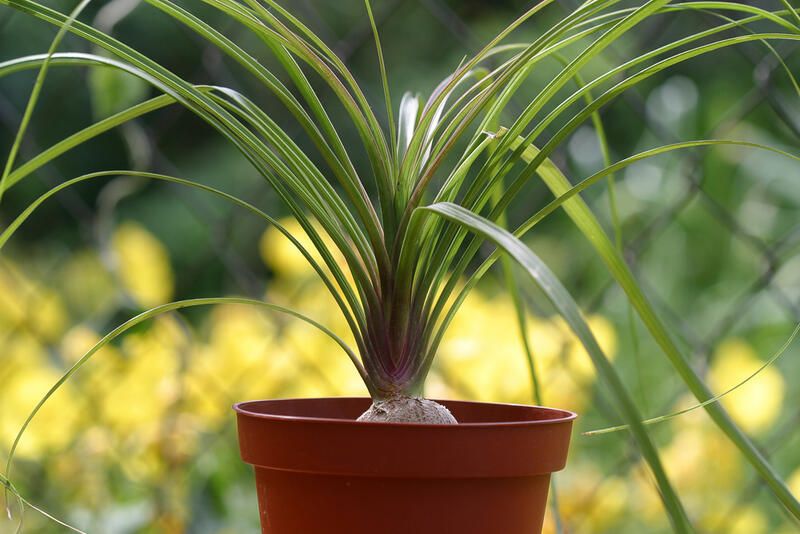
12. Chinese Money Tree
Chinese Money Tree is a succulent perennial, which means that it can survive long periods of drought and other harsh conditions.
It is also shade tolerant, meaning that it will grow in partial shade.
The Chinese Money Plant has bright green leaves, purple flowers, and shiny coins on the ends of its branches that give it its name.
This plant is an excellent choice for anyone looking for a low-maintenance plant with colorful foliage and beautiful flowers!
13. Lucky Bamboo Plant
One of the most popular houseplants, lucky bamboo is a type of flowering plant in the genus Dracaena.
It's a tropical plant that can grow up to 3 feet tall and has long, thin leaves that are green and white.
Lucky bamboo plants are often sold in terracotta pots to create an instant centerpiece—and they're also known for their ability to bring good luck!
14. Dracaena Gold Star
This plant is easy to grow and can thrive in low light and humidity. It’s also good for people with allergies, as it releases oxygen at night.
The Dracaena Gold Star is a great addition to your home if you want to improve the air quality around you.
It can help remove some of the chemicals from furniture and walls, which can reduce dust accumulation in your home.
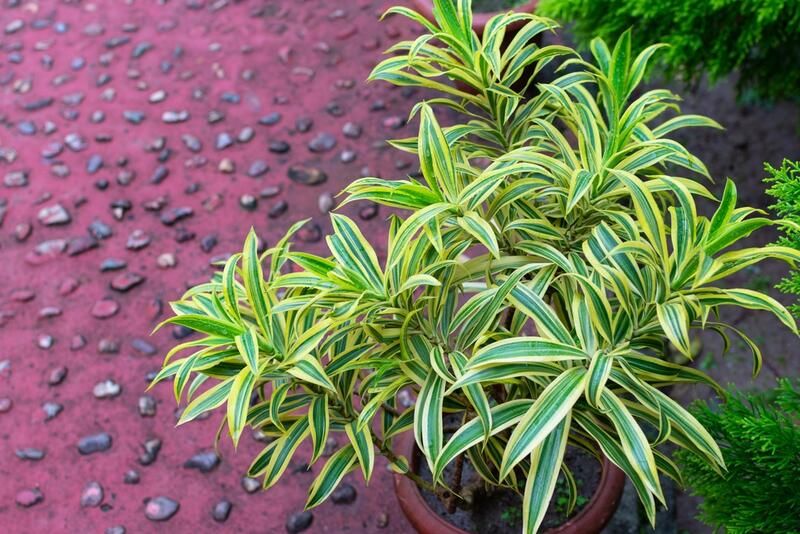
15. Aloe Vera Plant
As a succulent, Aloe Vera is not only easy to care for but also drought tolerant. It does well in full sun or partial shade and requires very little water once established.
The plant can be propagated by removing the leaf tips and replanting them into the soil to root.
Aloe Vera plants are low maintenance except during the flowering season when you should prune dead flowers after blooming has finished (usually July).
If you're looking for a burst of color in your garden during this time, consider adding some other low-maintenance plants such as pineapple lilies or purple coneflower!
(Bonus) 16. Cactus (Cactaceae)
Cactus (Cactaceae) is a family of plants that includes over 2,000 species. The cactus itself is a succulent—a type of plant with fleshy leaves and stems. You may have heard it called a “succulent” before, but what does that mean?
In short: Succulents are plants that store water in their leaves or stem to help them survive periods of stress.
For the most part, cacti require little care beyond regular watering, but they do need well-drained soil.
Sunlight should be limited to protect from sunburn on the leaves and stem tips; in fact, most varieties do best in partial shade or filtered light.

Finally,
With these low-maintenance plants, you can go a long way towards creating a beautiful garden that you don’t need to spend much time on.
The choice is yours, though—if you prefer to spend less time tending to your plants and less money on maintenance costs, then choose whichever plant from this list seems right for your needs.
We hope this article has helped give you ideas for which plants might work well in your home!
And as always, if you need help creating a breathtaking landscape, then don't hesitate to contact ShrubHub's experts today! Don't miss out on our new year's 70% discounts on virtual landscaping services!


